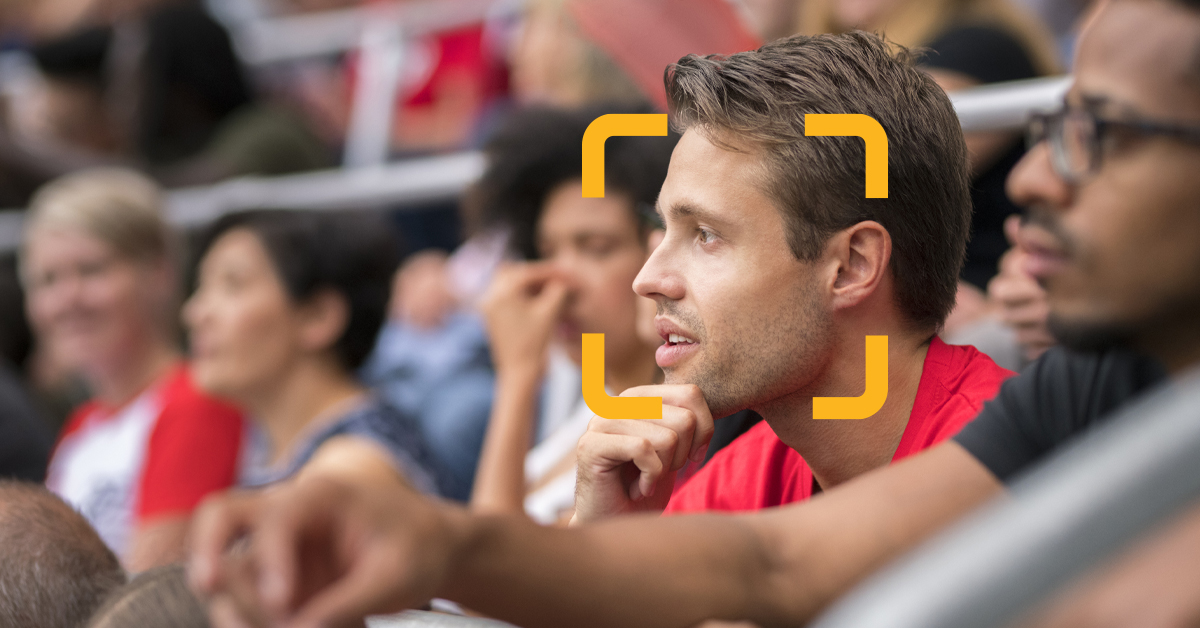
Consider some of these stats:
- Last season, soccer-related arrests were up by 59 percent in the 3000-plus games played in England and Wales to 2,198 – the highest number of arrests since 2,273 were made in the 2013-14 season. The number of disorder incidents reported at matches in England and Wales were up by 60 percent compared to the last full season before the Covid-19 pandemic.
- Last year, three separate acts of fan violence occurred on a single night in the first round of the NBA playoffs when one spectator spat on Trae Young at Madison Square Garden; another attendee in Philadelphia dumped popcorn on Russell Westbrook; and three spectators in Utah verbally abused the family of Ja Morant. Four days later, Kyrie Irving was pelted with a water bottle while leaving Boston’s TD Garden following Game 4 of the Celtics vs. Nets; one day after that, someone stormed the court in Washington as Westbrook and the Wizards were in the third quarter against the Sixers.
- Even the game of cricket has been mired in violence. Just this month, two cricket fans in Pakistan were reportedly killed as they celebrated their country reaching the final of the Asia Cup final.
Inexplicably, many sporting fans who walk through stadium turnstiles have seemingly forgotten how to behave. But, perhaps, we should not be surprised. The more people packed into an emotionally charged venue, the more likely it is that something will go wrong.
Many stadiums and sports venues are left wondering how they can safeguard the fan experience while keeping hooligans, criminals, and bad actors out. Stadiums, arenas, ballparks and even race tracks have the complicated undertaking of keeping players and fans safe in venues that attract tens of thousands of fans at once.
Technologies now exist that can help mitigate the problem and lead to better outcomes and accountability. The ability to recognize security threats in real-time is crucial for ensuring the safety of all guests. Whether it’s physical altercations between fans or unauthorized entry on the field, security teams often struggle to investigate these incidents in real-time, identify hooligans, and/or prevent them from disrupting sporting events.
In our new eBook, Preventing Fan Violence: 7 Tips for Reducing Spectator and Security Incidents at Stadiums, we explore this topic in greater detail. Here’s a quick primer on those seven tips, and we encourage you to check out the complete eBook for additional insights and ideas.
1. Maintain a Complete Watchlist
A watchlist is simply a list of people’s pictures. This can consist of known hooligans and bad actors or potentially suspicious individuals that should be monitored when they enter a stadium, arena or ballpark.
2. Ensure Complete Camera Coverage
Security teams will want to have stadium cameras positioned in strategic locations so personnel can identify the bad actors (as well as players, coaching staff and VIPs). As previously mentioned, stadiums occupy a lot of space and therefore security operators need to situate their cameras for optimal coverage in order to identify hooligans (and other persons of interest) before they enter the stadium.
3. Create an Early Warning System
Depending on your relationship with your city, you can even potentially identify bad actors at entry hubs such as train or subway stations – well before the individual sets foot on stadium grounds. It’s imperative to identify watchlist individuals early as they often attempt to elude detection.
4. Go with Touchless Access Control
But it’s not just about security – facial recognition can also be harnessed to enhance the fan experience. Facial recognition is increasingly being used as a means of providing touchless, secure access control of VIPs, players and staff. Face-based access control is designed to balance security and visitor management by instantly recognizing authorized personnel and alerting security staff of any unauthorized entry in real-time.
5. Lock Down Sensitive Areas to Designated Players, Coaches, Employees & VIPs
Staffing each point-of-entry is unaffordable, and the use of access control solutions that require human touch are no longer safe. Biometric entry gates can grant VIP or season-ticket holders shorter queues and quicker access: fans ordering season tickets can opt to upload an ID photo, which will subsequently be compared in real-time with images captured at the stadium entrance.
6. Re-identify Bad Actors
Facial recognition is increasingly being used to identify criminals with no other means of identification and to locate missing people by comparing faces captured on camera feeds with those on watchlists. Once a hooligan or bad actor has been identified, surveillance operators can use facial recognition systems to retroactively search for and find all previous occurrences of that person.
7. Streamline Investigations
Facial recognition is not just about real-time alerting. Video analytics can be used for accelerating investigations after an event has occurred and for identifying likely suspects.
Facial recognition is fast becoming part and parcel of our everyday lives. Many people already use it to unlock their smartphones and most airports now have biometric automated border control systems for passport checks.
Stadiums and sports venues have not always leveraged technology to its fullest extent. But given the rise in fan violence and the increased urgency to protect fans, players, and staff, stadiums are adopting facial recognition and video analytics to identify bad actors in real-time and ensure they’re not given the opportunity to endanger fans, players or staff, or disrupt the gameday experience.
 Vision Al Blog
Vision Al Blog



